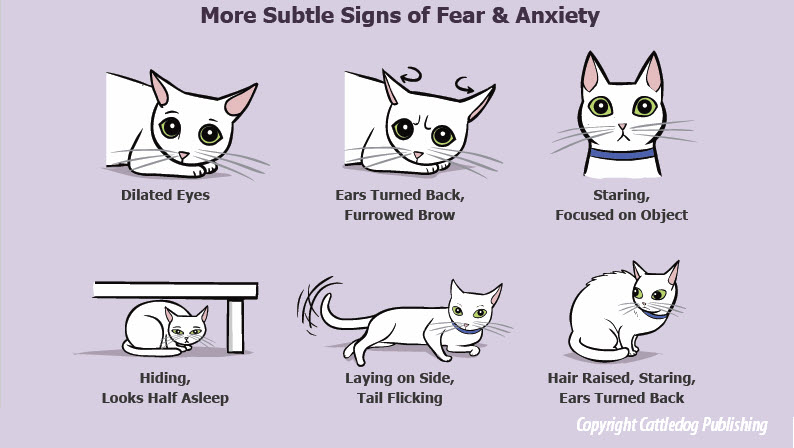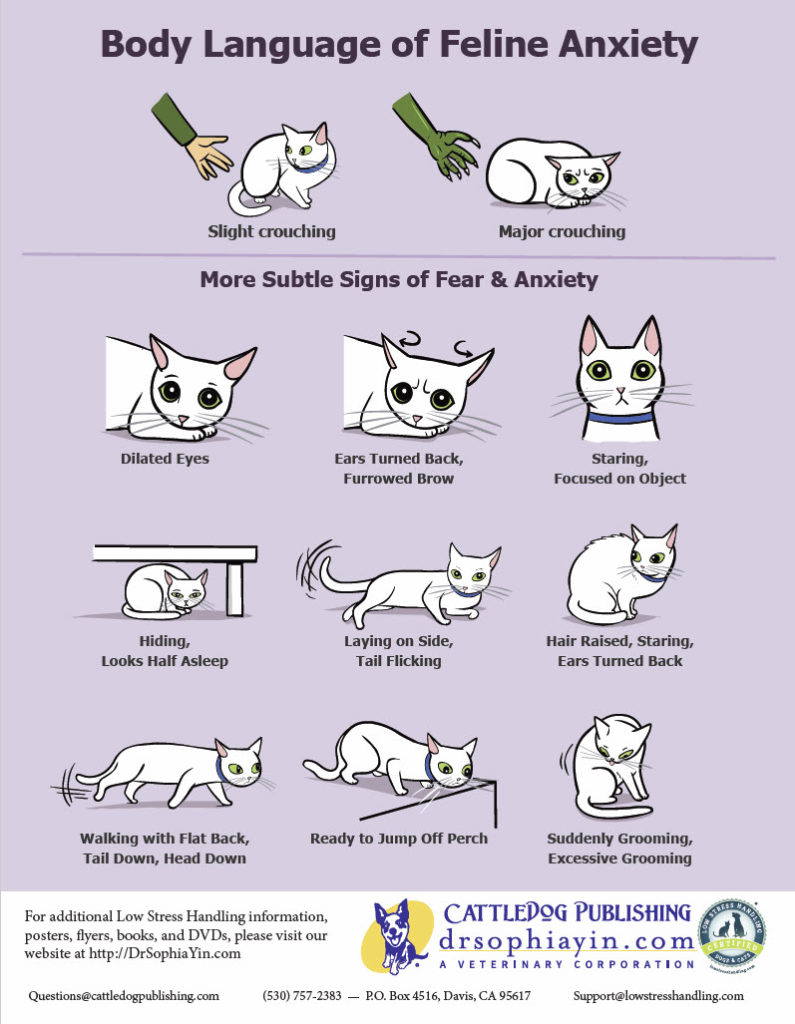
Your Cat is Talking, are You Listening?
Your teenage cat may not roll her eyes at you, but rest assured she has ways of telling you that you are annoying.
Understanding cat talk is crucial to the relationship bond between a cat and a human. Just like humans, cats communicate with vocalization and body language. “Meow” is a broad all-purpose word. It may mean, “Hi, how’s it going?”, “Give me food!”, “I want up.”, or “Here is your mouse.” Cats may even walk around meowing to themselves.
Purring is another form of vocalization that has multiple meanings. It usually means they are content, but it may also mean they are anxious or sick. If your cat’s eyes are half-closed with their tail still, ears forward, the purr is a happy purr. If the ears are sideways or back, or the tail is tucked between the legs, you may be experiencing a stressed or ill cat.
Is your cat looking for some loving? If he has flat fur, is head bumping or has elevator butt he is welcoming your touch – but pay attention. If his ears flatten and his tail starts whipping, he is telling you, “Stop now unless you want to experience my wrath.”
A recently published paper in the UFAW Animal Welfare journal showed that some people have the ability to detect subtle changes in cats’ faces. Take the shortened version here to test your skills.
Cats communicate with every part of their body, but don’t worry, you don’t need a BA in cat talk. Understanding the most common cat sounds and behaviors will take you a long way. If you want to learn more, Maddie’s Fund has a great lecture that will teach you a deeper understanding of feline communication: Feline Communication: How to Speak Cat & Understand Cat Behavior
The below poster is a great infographic showing the different moods of cat body language.


